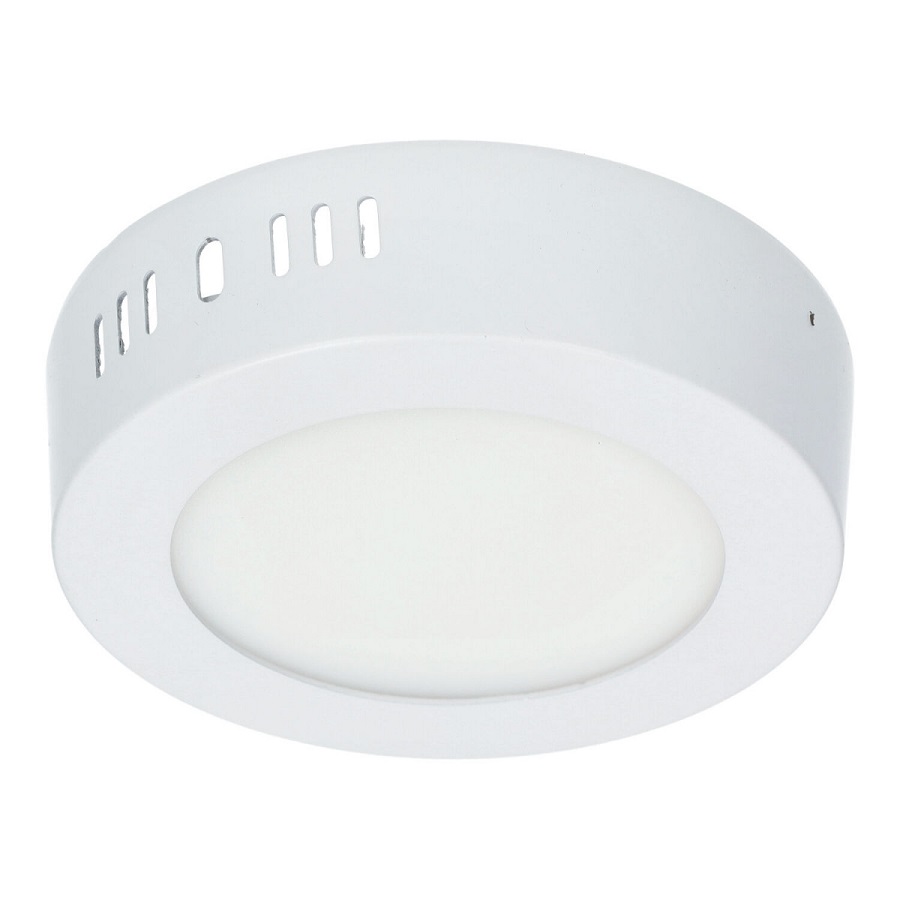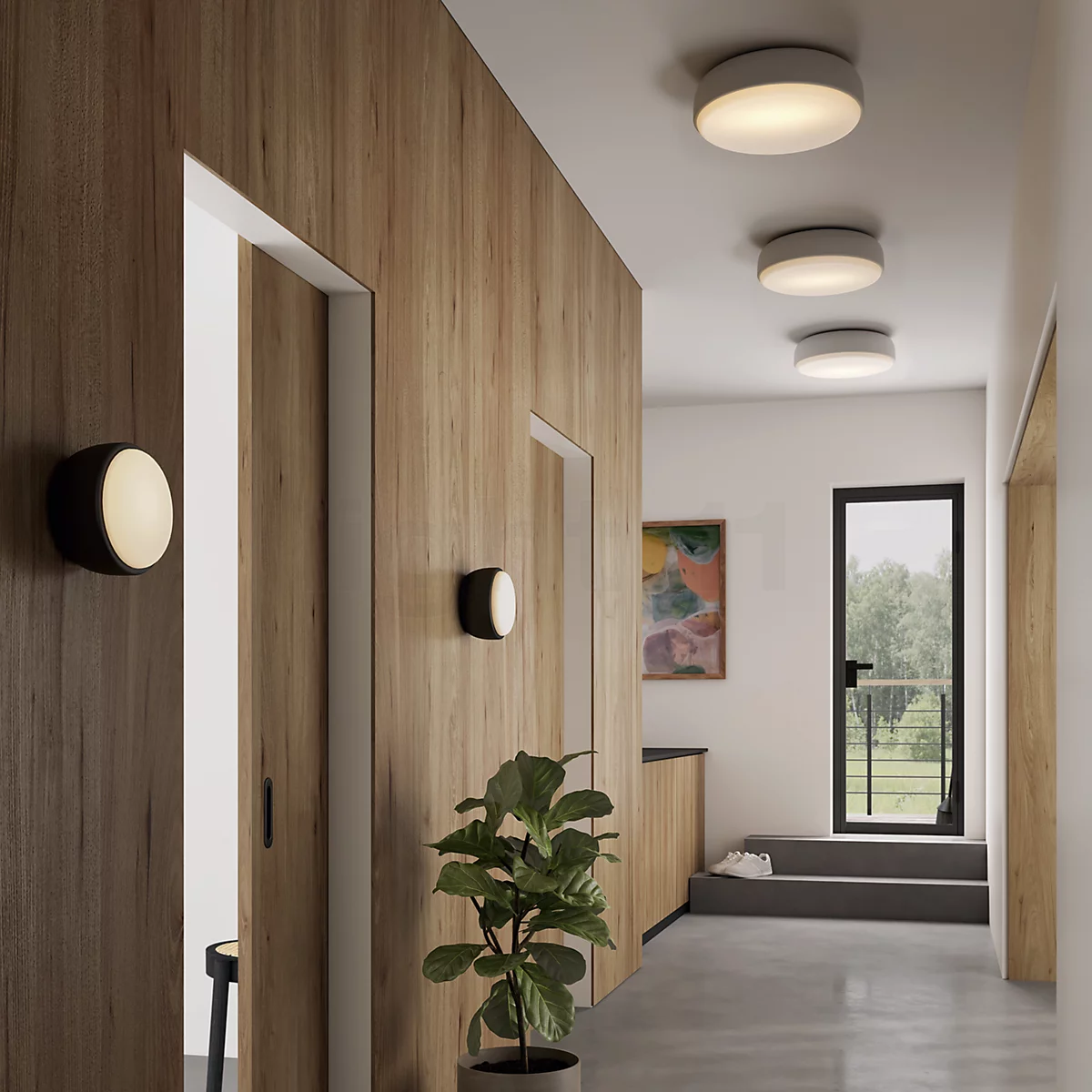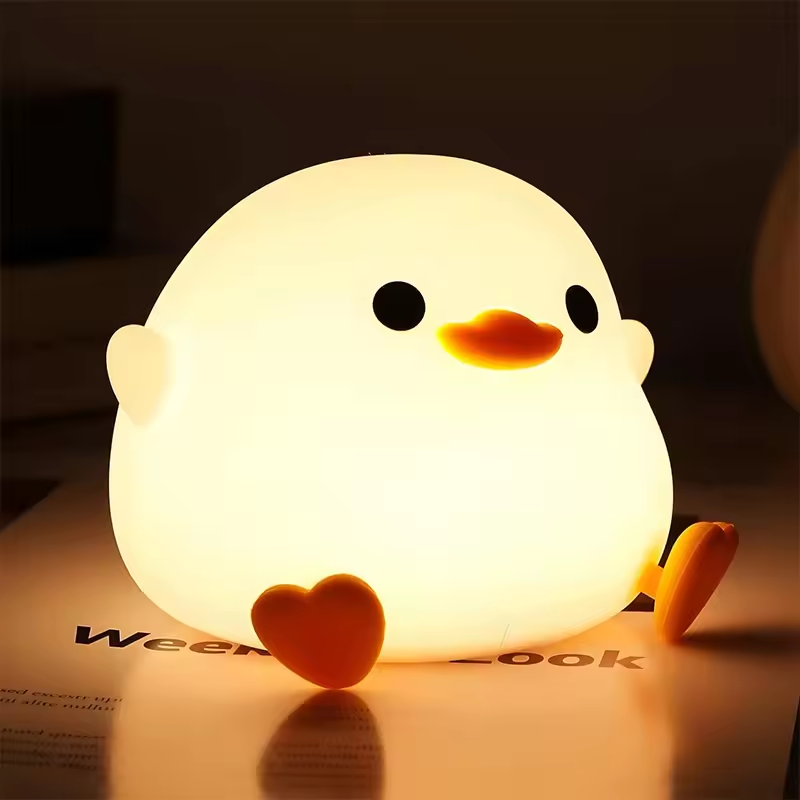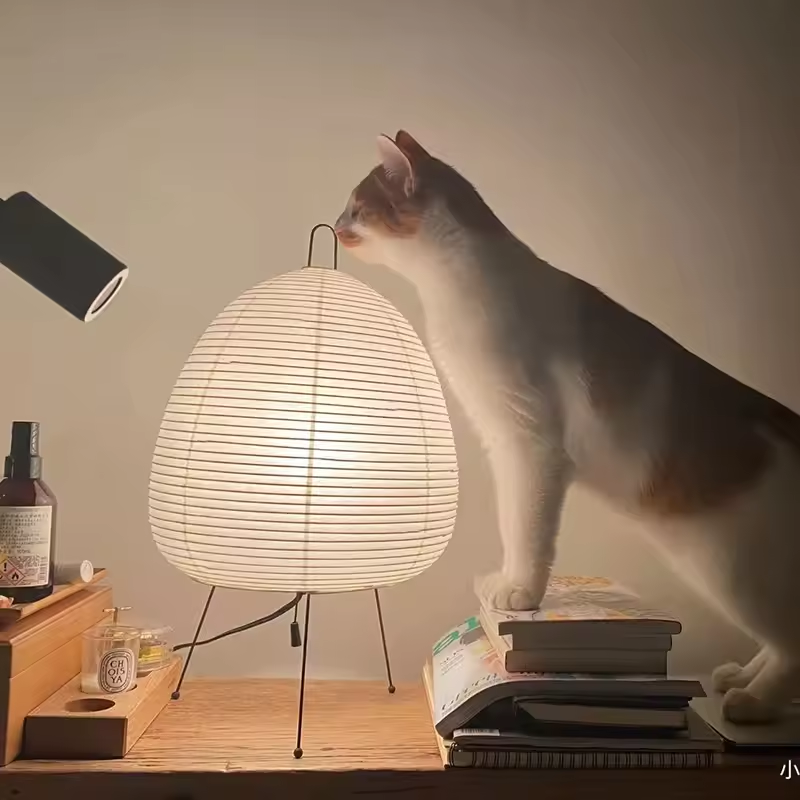Introduction
The right ceiling light can transform a room, setting the mood and enhancing the aesthetic appeal of your living space. However, with myriad styles, types, sizes, and functionalities available on the market today, selecting the ideal ceiling light may seem daunting. This guide aims to simplify your decision-making process by breaking down the key factors you should consider in order to choose the perfect ceiling light for your home.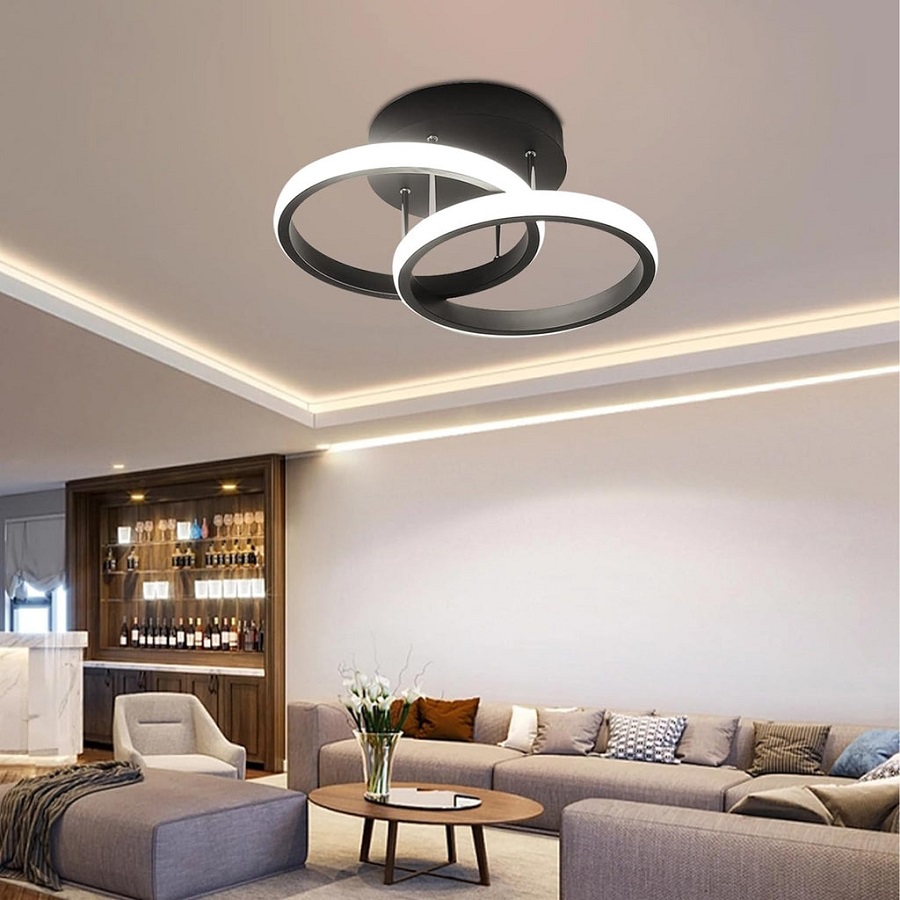
Understand the Purpose of Ceiling Lighting
Before diving into the various options available, it’s essential to understand the primary purposes of ceiling lighting:
a. General (Ambient) Lighting
This type of lighting provides overall illumination to a room, allowing you to navigate and perform daily tasks comfortably. General lighting is key in areas such as living rooms, kitchens, and hallways.
b. Task Lighting
Task lighting focuses on specific areas where activities—like reading, cooking, or working—take place. While ceiling lights can contribute to task lighting, you may need additional sources such as under-cabinet lights for kitchens or desk lamps for workspaces.
c. Accent Lighting
Accent lighting highlights certain features in a room, such as artwork, architectural elements, or decorative spaces. Ceiling fixtures can serve as accent lights if chosen thoughtfully.
Consider the Size of the Room
The size of your room directly influences the type and size of the ceiling light you choose. Here’s how to calculate the right dimensions:
a. Measure the Room
Start by measuring the length and width of your room in feet. To get a rough estimate of the diameter of a ceiling light fixture suitable for a room, add the two measurements together. For instance, if your room is 12 feet by 14 feet, the total is 26 feet. This implies you should look for a fixture that is around 26 inches in diameter.
b. Height of the Ceiling
The height of your ceiling is also crucial. For standard 8-foot ceilings, a flush mount or small chandelier is appropriate. For higher ceilings, you can safely opt for larger chandeliers or pendant lights that hang lower, as they will make a striking visual impact.
Determine the Style and Aesthetic
Your ceiling lighting should complement the overall decor style of your home. Here are some popular styles to consider:
a. Modern
Characterized by clean lines and minimalistic forms, modern lighting fixtures often feature geometric shapes and metallic finishes. They can bring a sophisticated touch to any room.
b. Traditional
Traditional lighting fixtures often reflect classic designs with ornate detailing and materials like brass or wrought iron. These work well in homes that favor a timeless aesthetic.
c. Industrial
Industrial fixtures often incorporate raw materials such as exposed bulbs, metal, and wood elements, evoking a rugged charm. This style is ideal for lofts or eclectic decor themes.
d. Rustic
Rustic ceiling lights typically leverage natural materials like wood and wrought iron and favor an antique or farmhouse style, lending warmth to any space.
e. Contemporary
Contemporary designs evolve with the latest trends, focusing on using innovative materials and forms. These fixtures might blend styles or incorporate color to create a unique look.
Material Matters
The materials used in ceiling lighting fixtures can significantly affect the ambiance. Materials not only influence the style but also how light is diffused and its durability:
a. Metal
Metal fixtures are durable and often utilized in modern or industrial styles. Different finishes such as matte, brushed, or polished help in achieving the desired aesthetic.
b. Glass
Glass shades can soften light and come in a variety of colors and textures. Frosted glass delivers a subtle glow, while clear glass can create an open feel.
c. Fabric
Fabric lampshades offer warmth and a sense of softness, perfect for bedroom or living room settings. They can help diffuse light gently, creating a cozy atmosphere.
d. Wood
Unique wooden fixtures can add a rustic or natural element, appealing to eco-conscious homeowners and those seeking a cozy, inviting environment.
Lighting Bulbs and Technology
Choosing the right type of bulb is crucial for both function and aesthetics:
a. LED vs. Traditional Bulbs
LEDs tend to be energy-efficient, long-lasting, and available in various color temperatures (ranging from warm to cool light). Traditional incandescent bulbs, while providing excellent warm light, consume more energy and have a shorter lifespan.
b. Color Temperature
The color temperature of a light bulb is measured in Kelvins (K). For home environments, a warmer light (2700K to 3000K) creates a soothing atmosphere, whereas cooler lights (4000K and above) are better suited for task-oriented spaces.
c. Dimmable Options
Consider installing dimmable fixtures or using smart bulbs that allow different brightness levels. This flexibility can help set the mood and make the space more functional.
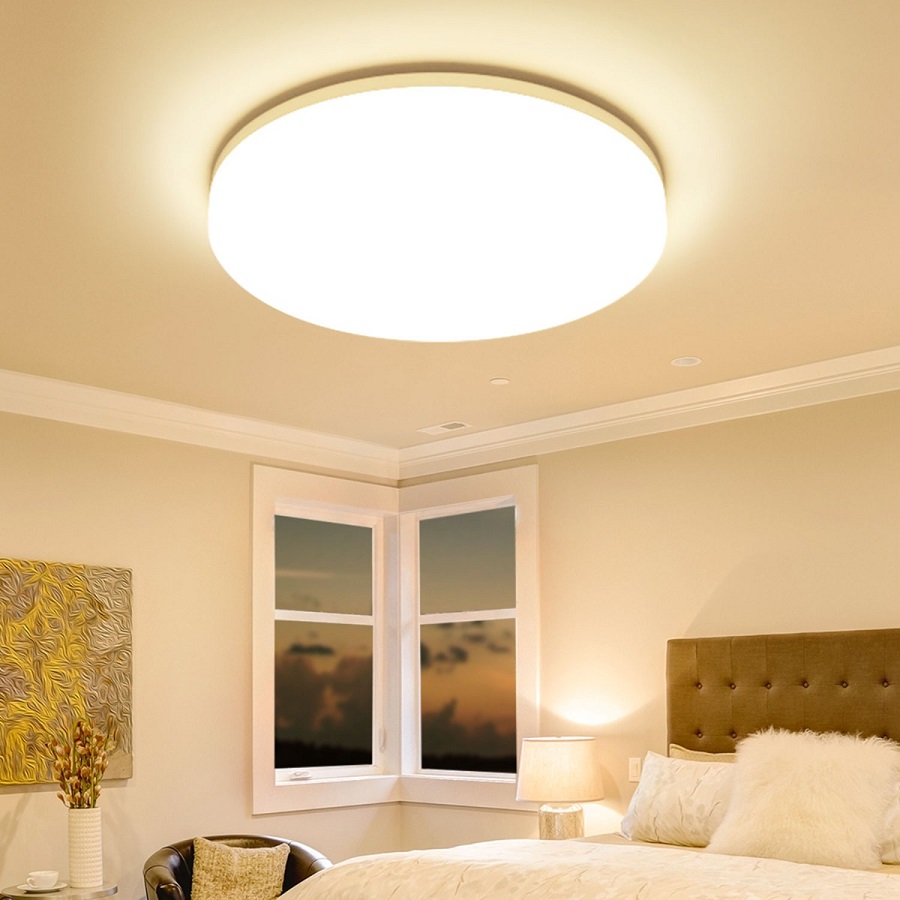
Installation Considerations
a. Electrical Compatibility
Ensure that your chosen fixture is compatible with your existing wiring and electrical system. If you’re unsure, consult a qualified electrician.
b. Height and Clearance
For rooms with low ceilings, select flush-mount fixtures or ceiling lights that are relatively low profile. In multi-level spaces, it’s critical to hang chandeliers or pendant lights at an appropriate height to avoid obstruction.
c. Maintenance
Consider how easy or difficult the fixture will be to clean and maintain. Light fixtures with intricate designs might require more time and effort, while simpler designs may be more hassle-free.
Budgeting for Your Ceiling Light
Ceiling lights come in varying price ranges. Decide on your budget before shopping to narrow down your choices effectively. Remember, investing in high-quality lighting can enhance your space and improve durability, so don’t shy away from splurging a bit if necessary.
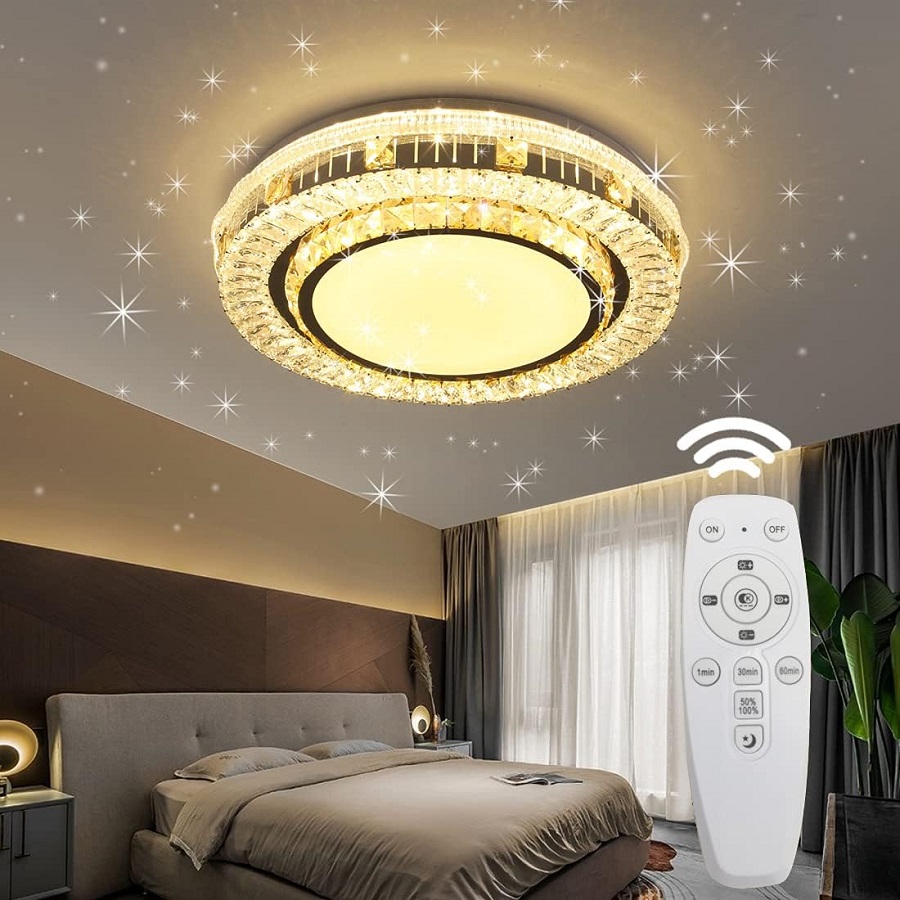
Why Choose Energy-Efficient Ceiling Lights?
- Cost Savings: Traditional incandescent bulbs consume around 60-100 watts, while energy-efficient options, such as LED and CFL (compact fluorescent lamp), use significantly less energy (typically 10-20 watts). By switching to energy-efficient ceiling lights, homeowners can see a substantial reduction in electricity costs over time. Many households report savings of up to 80% on their lighting bills after making the switch.
- Long Lifespan: Energy-efficient light bulbs last significantly longer than their incandescent counterparts. For example, while an incandescent bulb might last about 1,000 hours, an LED bulb can last anywhere from 15,000 to 50,000 hours. This extended lifespan means fewer replacements and less waste, making LEDs a smart investment for any homeowner.
- Environmental Benefits: By reducing energy consumption, energy-efficient lighting contributes to lower greenhouse gas emissions. The more we can reduce energy use, the less dependency we have on fossil fuels, which is crucial for combating climate change.
- Better Lighting Options: Advances in lighting technology mean that energy-efficient bulbs now come in a range of colors and intensities. You can find options that mimic warm incandescent light, or choose cooler tones for a more modern feel. This makes it easier than ever to create the perfect ambiance in any room.
Types of Energy-Efficient Ceiling Lights
- LED Lights: Light Emitting Diodes (LEDs) are the most popular energy-efficient lighting option today. They emit bright light while consuming far less electricity than traditional bulbs, and they come in various styles, from recessed to pendant fixtures. LED lights are also available in dimmable options, allowing you to adjust brightness according to your needs.
- CFLs: Compact Fluorescent Lights are another energy-efficient option, known for their spiral shape and soft glow. While they are not as popular as LEDs due to some drawbacks (such as longer warm-up times and less durability), they still consume about 75% less energy than incandescent bulbs.
- Smart Lights: Smart LED lights allow homeowners to control their lighting through mobile apps or voice-activated devices, offering unmatched convenience and customization. You can program them to turn on and off at specific times, change colors, or dim based on your preferences.
- Solar-Powered Ceiling Lights: Particularly useful in areas with ample natural light, solar-powered ceiling lights harness solar energy during the day to power themselves at night. These fixtures are ideal for outdoor lighting or spaces with skylights.
Installation Tips for Energy-Efficient Ceiling Lights
- Choose the Right Fixture: Select a lighting fixture that complements your home’s aesthetic while also being energy-efficient. The design of the fixture can influence how light is distributed, affecting both ambiance and functionality.
- Consider Placement: Proper placement of ceiling lights can enhance a room’s overall appearance and utility. For larger spaces, use multiple fixtures to ensure even distribution of light. In areas with high ceilings, consider hanging pendant lights or chandeliers that not only illuminate but also add a decorative touch.
- Hire a Professional: If you are not comfortable working with electricity, it’s best to hire a licensed electrician to install your new fixtures. They can ensure that the installation is safe and complies with local building codes.
- Use Motion Sensors: Installing motion sensors on ceiling lights in less-frequented areas (like hallways or garages) can further enhance energy savings by ensuring lights are only on when needed.
Maintenance of Energy-Efficient Ceiling Lights
- Regular Dusting: Dust accumulation can dim the brightness of your lights. Regularly dusting or cleaning your fixtures will ensure they shine brightly.
- Replace Burnt-Out Bulbs Promptly: While energy-efficient bulbs last longer, they do eventually burn out. Replace any burnt-out bulbs quickly to maintain optimal lighting in your home.
- Check for Compatibility: If using dimmer switches with LED lights, make sure they are compatible. Not all dimmer switches work with LED technology, and incompatibility can result in flickering or reduced lifespan.
- Keep Up with Technology: The efficiency and technology of lighting products continue to advance. Keep informed about new energy-efficient options that may provide enhanced performance or better aesthetics for your home.
Transforming Your Home with Energy-Efficient Lighting
Energy-efficient ceiling lights are more than just a smart choice for reducing electricity costs—they also play a crucial role in enhancing the overall design and feel of your home. By investing in these modern lighting solutions, you can significantly elevate your living space while taking a responsible step toward a more sustainable future.
Imagine walking into your kitchen, lit by soft, warm LED recessed lights that set the perfect mood for family gatherings. Envision a cozy reading nook flooded with bright, white CFL lights that not only illuminate the pages of your favorite book but do so while saving on your electricity bill.
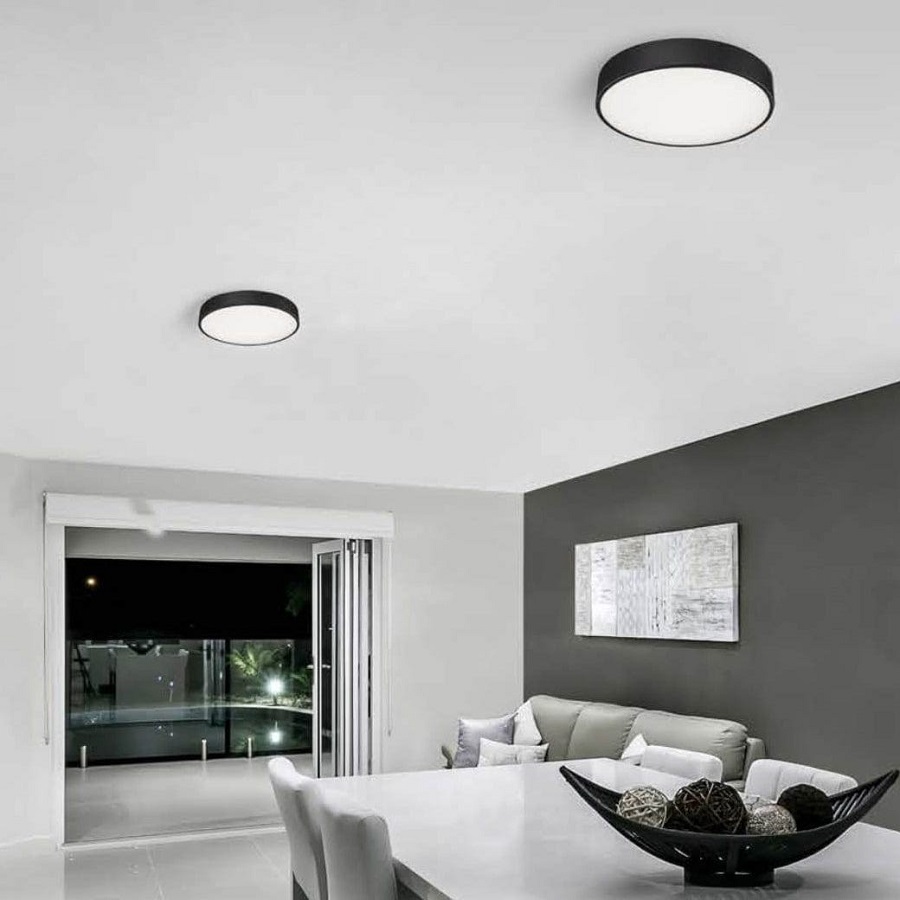
Conclusion
Choosing the perfect ceiling light for your home can greatly enhance not only the functionality of your space but also its overall aesthetic appeal. By understanding the purpose of the lighting, considering factors such as room size, style, material, technology, and installation, you’ll be well on your way to making a choice that feels tailored to your needs.
Whether you decide to go for a stunning chandelier in your dining area, a modern flush mount in your corridor, or a rustic pendant lamp over your kitchen island, the perfect ceiling light awaits you. Embrace the process, explore your options, and enjoy illuminating your home with style!
